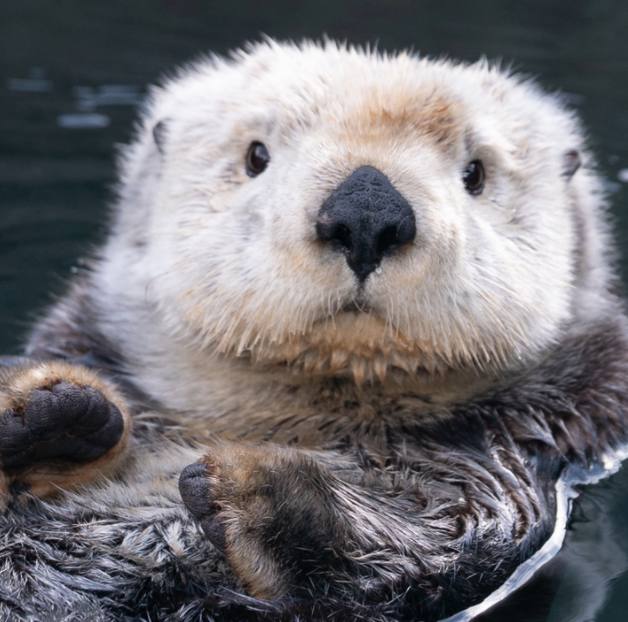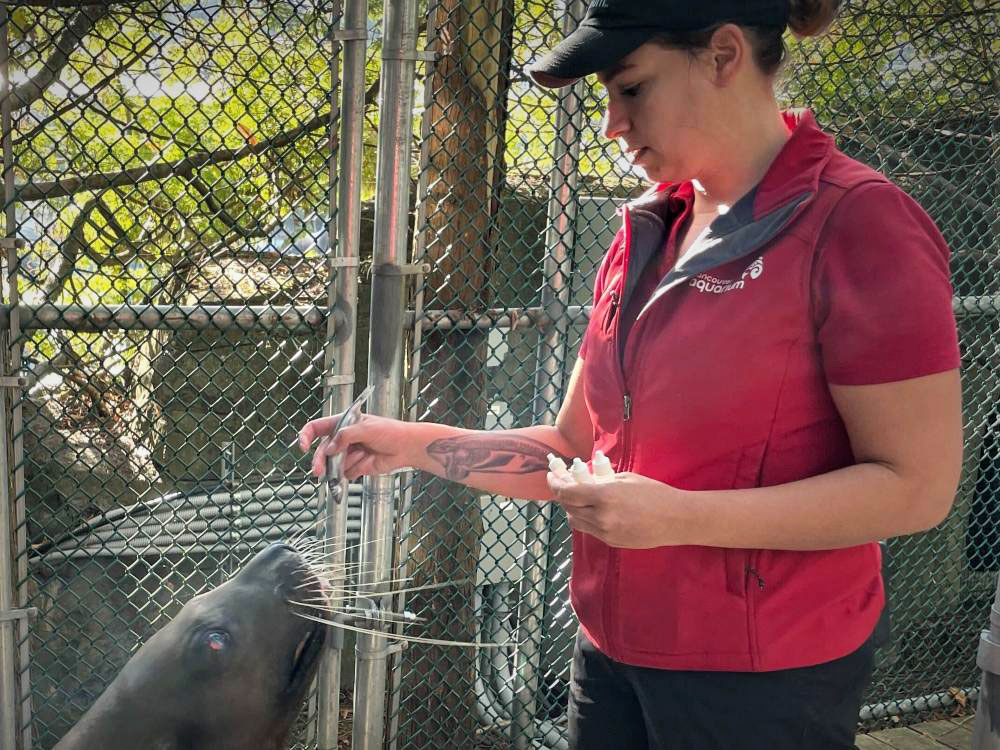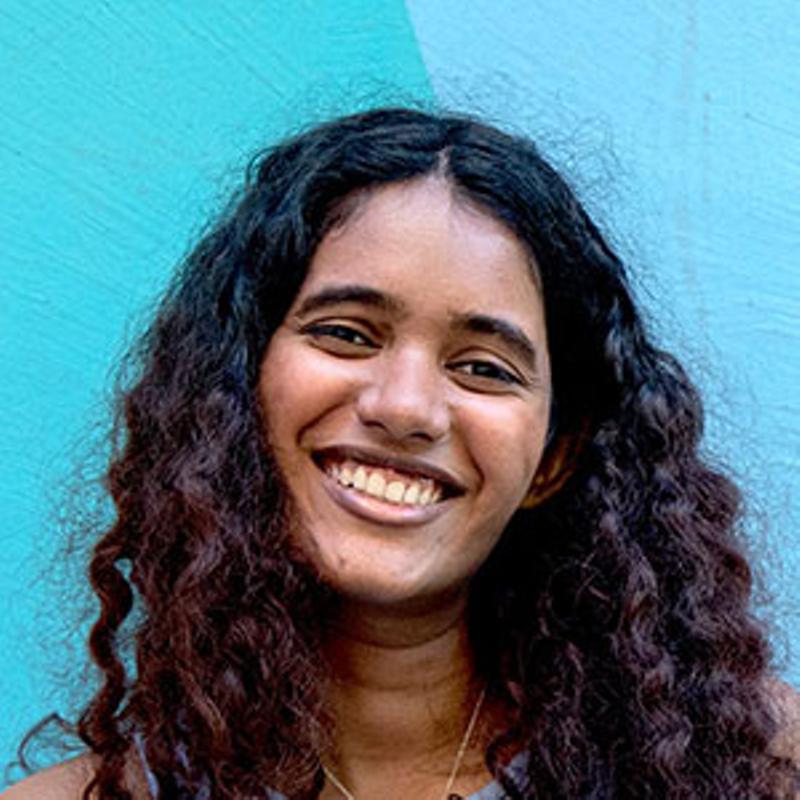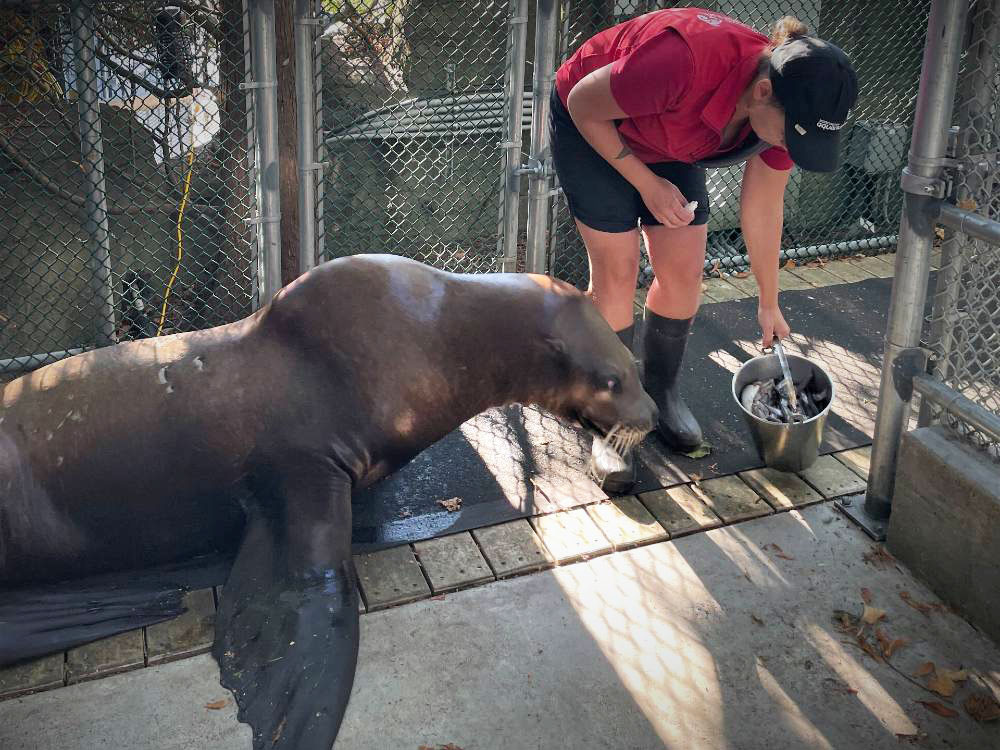Jessica DeBenedetto meets me in the Vancouver Aquarium reception area at 8 a.m. on a Saturday. Already an hour into her work day as assistant curator of marine mammals, she leads me down a tunnel under the exhibits to a kitchen where she and staff are filling buckets with breakfasts for the animals.
The place smells of what’s on the menu — thawed squid, capelin and herring. A large whiteboard marks individual animal feeds, weights and medications. Over the murmur of talk and clank of utensils can be heard the occasional bellow of a harbour seal echoing outside.
Founded in 1956, the Vancouver Aquarium is located in Stanley Park. It’s a tourist draw and a research centre, home to sea animals rescued from dire circumstances in the wild and nursed back to health to release back into local waters.
Those deemed non-releasable by Fisheries and Oceans Canada — if their injuries are too severe, or they were orphaned too young to fend for themselves — live at the aquarium where they are studied to learn more about improving their species' health and habitat.
Currently, the aquarium is home to sea otters, harbour seals and sea lions native to B.C.’s ecology as well as five African penguins.
DeBenedetto, a marine biologist, has been working at the aquarium for five years. She walks me around the popular exhibits with a feed bucket full of fish as we talk, the otters clamouring for her attention when they see her. Among the biggest is two-year-old Joey, “one of my favourites,” DeBenedetto tells me.
Indeed, he’s become something of a celebrity here because of his ridiculously cute livestream videos that made people across the world go "aww," and he works his charms on me. Like a star-struck fan, I pause to take his photo as he cavorts around in the water with his playmates.
As Joey and his animal friends looked on, I asked DeBenedetto some questions about her chosen line of work. Here’s our conversation, edited for length and clarity.
What does it mean to be an assistant curator of marine mammals?
We want to make sure that there’s a plan with the animals, that there's training, cleaning and proper care going on. It's my job to make sure that happens. But also, my job is to make sure that the people working with me have the tools and everything they need and the ability to make that happen.

I'm very hands-on with the animals and I work with them every day. I get to have a little part in the training. I manage the animals, but I also manage the people managing the animals.
What’s your regular Saturday morning routine?
It's usually a party with music playing. And then we start the first feeds and go out to make sure all the animals are OK. We’re doing health checks; we're checking their bodies. We're basically judging the well-being of all the animals in the morning.
Do you develop relationships with the animals you work with?
Our goal is to develop relationships with all the animals. I work with a lot of animals that weigh a lot more than me or are a lot bigger and stronger than me. If sea lions like Rogue or Amak or Kenai didn't want to do something, I couldn't make them do it. So, I depend on a relationship with them to work co-operatively with them to achieve goals. Whether that's being able to take care of them, moving [them] from place to place, or feeding them and having fun with them.
My team and I are currently responsible for 29 marine mammals and five penguins.
What are the most challenging things about your job?
It can be hard, physically. We're on our feet all day and working hard. Sometimes I'm doing a two-hour dive [into the animals’ tanks] in the morning cleaning, and then I have the rest of my day to go feed animals, work and clean.
It can also be challenging trying to find a work-life balance because I'm working with many living things. You tend to bring a lot of that home with you, and you’re always thinking about the animals that you care about.
You have to remind yourself that there's a whole team of us and it doesn't have to just fall on me. But it's hard not to do extra, long hours, or extra days because you want to get it done for the animals. And I think that's sometimes what I struggle with.
What do you find the most satisfying about your job?
Being able to see an animal like Joey, who was a rescue and had some health scares, be able to grow up healthy and happy and live this whole life that I get to be a part of.
Also, I absolutely love training. Training new behaviours with the animals is hard because you're trying to communicate with someone who doesn't speak the same language. I’m trying to use my brain to convey a message that the sea lion or otter will understand, and they are trying to use their brain to try and understand what I'm saying.
And when they get that light bulb moment and it clicks, they understand what you're asking. And they're like, "Oh, I know what she wants." It's such a rewarding thing and means that you've problem-solved and they've problem-solved, and we accomplished this thing together.

Now that I am an assistant curator, I find satisfaction in being able to see the same thing in my staff and give them the tools to feel empowered to do their job, and in seeing they're happy.
How has the pandemic affected your job?
We were closed for over a year. But were able to do some cool stuff while we were closed to guests, like train the sea lions to walk between habitats rather than going into the transport cage.
Part of your job is as an educator. What can a visitor to the aquarium learn and experience?
You can read and watch videos about sea otters at home. But getting to see a sea otter in person might help make a connection. Joey’s a great example of that, there are people all over the world who have connected with him.
You care about the animals a little bit more or you investigate protecting them, and what kind of conservation efforts you can get involved in.
I want guests to be able to find love or passion for the environment that we live in, especially here in B.C., because it's so amazing, precious and under threat.
Having animals in our care also allows us to do research, which is amazing. I call these guys superstars or superheroes for their wild counterparts. Because it's hard to go up to a sea lion out in the ocean and ask, “What did you eat today?” or know how many calories they need to burn. We're able to learn that by working with the animals here. And from that, we're able to influence laws and acts and fight for their protection out in the ocean.
What are some of your favourite moments doing this work?
Working with Joey when he was a young pup. Taking him for some of his first swims or showing him some of his first toys. The first time I was able to pick up Joey, he was sleeping. I thought, “Oh my gosh, this thing is so little.” And then almost immediately after, he peed all over me. And I realized you can have moments on the job so magical that it doesn't matter that an otter just peed on you.
Also being able to train Amak to co-operate for a voluntary blood sample. Amak is our big male. He at times weighs 900 kilograms.
Now we're able to take better care of him. It’s a very normal thing for him to do now because he was trained properly.
Recently, stellar sea lion Rogue gave birth to a little pup, Natoa. Being there for his birth and seeing him grow through the last six weeks has been so amazing. And he’s so big already. ![]()
Read more: Labour + Industry, Environment

















Tyee Commenting Guidelines
Comments that violate guidelines risk being deleted, and violations may result in a temporary or permanent user ban. Maintain the spirit of good conversation to stay in the discussion.
*Please note The Tyee is not a forum for spreading misinformation about COVID-19, denying its existence or minimizing its risk to public health.
Do:
Do not: